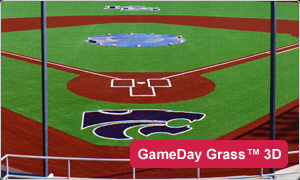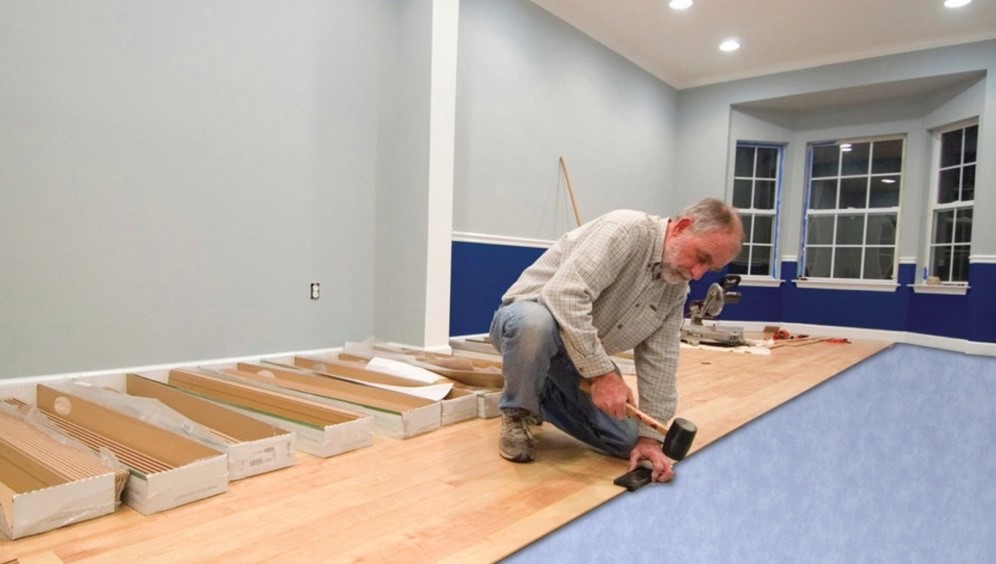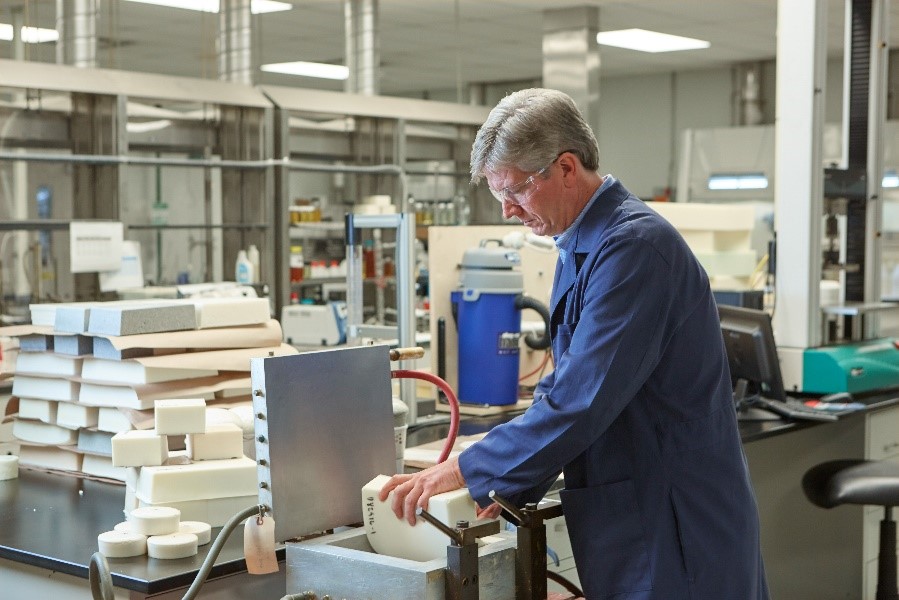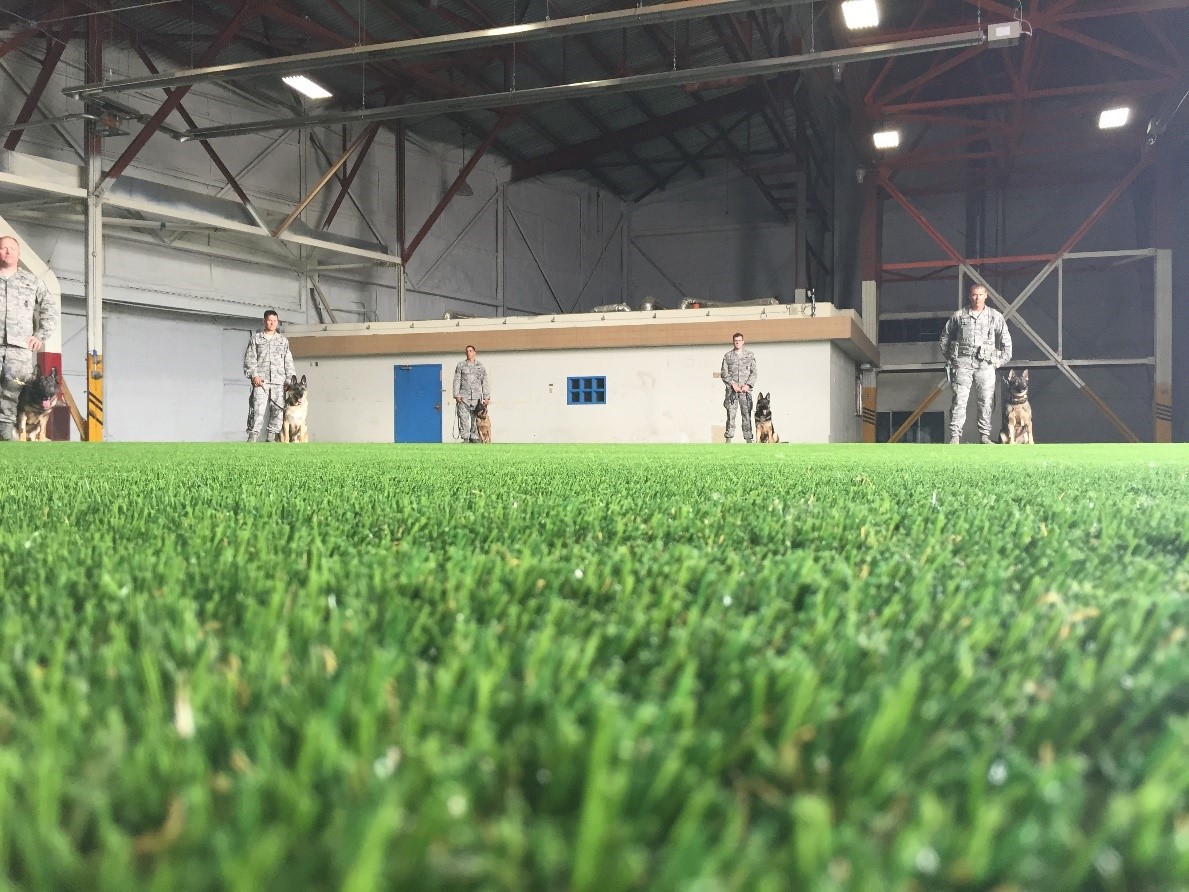Fielding Opportunity: Kansas State University Installs Soy-Based Turf on Athletic Facilities
January, 2012
 When Kansas State University needed to improve playing surfaces at its football and baseball fields, it turned to fields of a different kind – soybean fields – for a green solution. The university installed approximately five acres of AstroTurf® GameDay Grass™, which features BioCel® technology, a soy-based polyurethane backing.
When Kansas State University needed to improve playing surfaces at its football and baseball fields, it turned to fields of a different kind – soybean fields – for a green solution. The university installed approximately five acres of AstroTurf® GameDay Grass™, which features BioCel® technology, a soy-based polyurethane backing.
From professional-level to high-school sports, hundreds of teams in 42 states across America compete on more than 900 acres of soy-backed AstroTurf. It virtually eliminates the maintenance natural grass requires, with no watering, mowing or painting necessary, and minimizes weather-related activity cancellations. AstroTurf has come a long way since the 1960s. Testing has proven that modern AstroTurf more closely mimics natural grass than any other synthetic turf, aiding in athletic performance and safety.
“Soy-backed turf incorporates all of the performance attributes previously associated with traditional polyurethane,” says Doug Giles of Universal Textile Technologies (UTT), which manufactures BioCel. “Advantages include price stability, a reduction of carbon emission and improved air quality by planting more soybeans with every yard of product sold. Landscaping represents a major industry, with water restrictions in many Western states. Synthetic turf can be used for putting greens, playgrounds, rooftops, airports, pet kennels and other areas.”
Developed by UTT, with initial support from the United Soybean Board, a U.S. farmer funded soy research and promotion board, soy plays a crucial role in the performance of the turf. The soy polyurethane backing is unaffected by moisture and can be perforated for enhanced drainage. Made from soybeans and post-consumer recycled content, the turf backing has low volatile organic compounds (VOCs) compared to petroleum-based polymers used in similar polyurethane backing systems.



